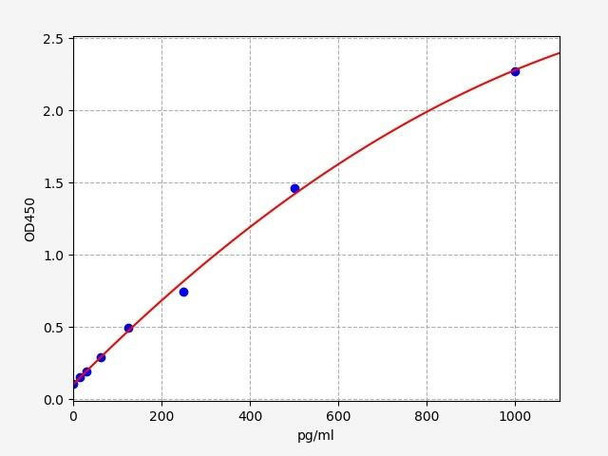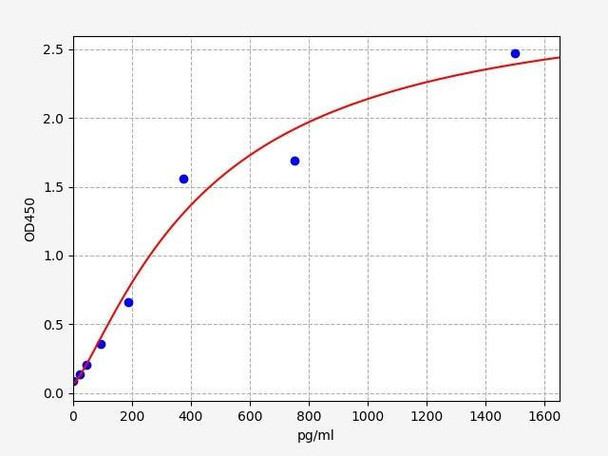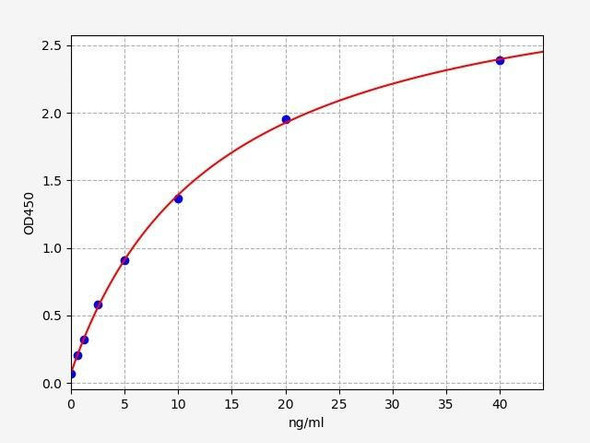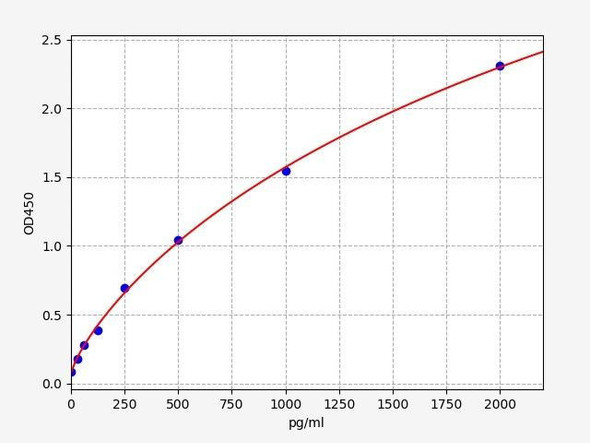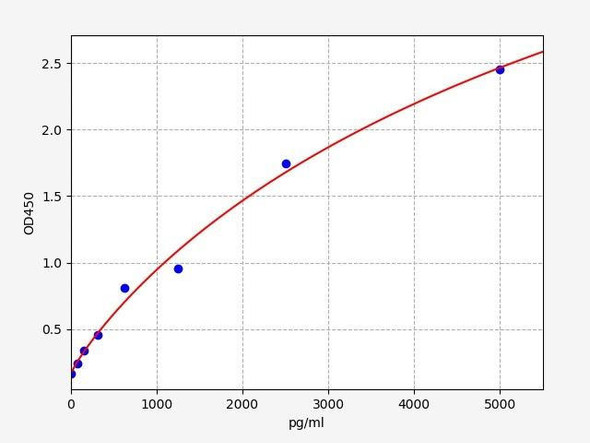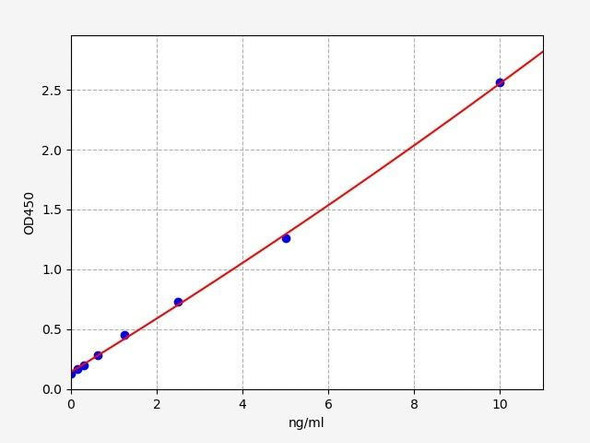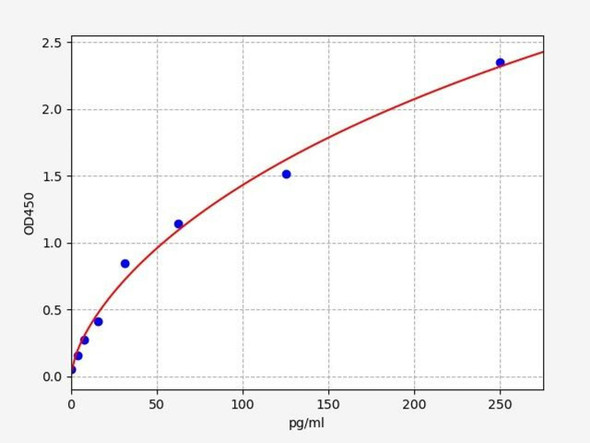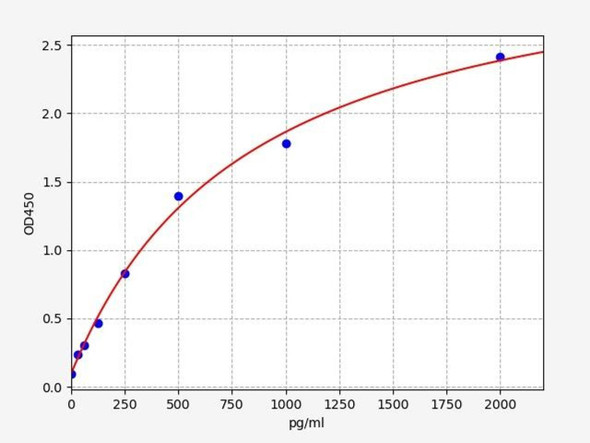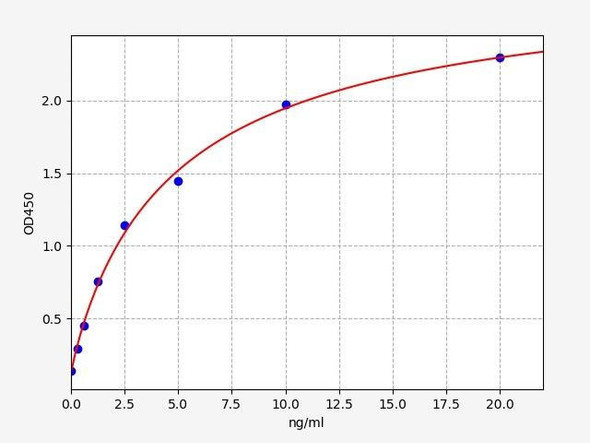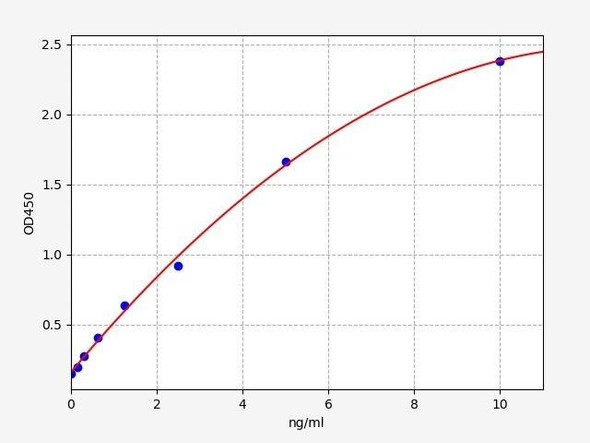Ferroptosis ELISA Sampler Pack
- SKU:
- SKFI0019
- Product Type:
- ELISA Kit
- ELISA Type:
- ELISA Sampler Pack
- Size:
- 6 X 48 Assays
- Reactivity:
- Human
- Analytes:
- XCT
- CD98
- Ferritin heavy chain
- KEAP1
- NFE2L2
- Erythroid Derived 2 Like 2
- NRAMP2
Description
Ferroptosis ELISA Sampler Kit
The Ferroptosis ELISA Kit Pack is a comprehensive solution for researchers looking to accurately measure levels of key proteins involved in the process of ferroptosis. This kit is specifically designed for detection in a variety of sample types including serum, plasma, and cell culture supernatants.Ferroptosis is a form of regulated cell death that is characterized by iron-dependent lipid peroxidation, making it distinct from other forms of cell death such as apoptosis and necrosis.
The proteins measured by this kit play a crucial role in the initiation and regulation of ferroptosis, making them essential targets for research in areas such as cancer, neurodegenerative diseases, and cardiovascular disorders.With high sensitivity and specificity, the Ferroptosis ELISA Kit Pack ensures reliable and reproducible results, making it an invaluable tool for researchers studying the mechanisms of ferroptosis and exploring potential therapeutic interventions.
Ferroptosis ELISA Sampler Pack
Ferroptosis ELISA Sampler Pack from Assay Genie allows researchers to begin their investigation into Ferroptosis via analysing SLC7A11 / XCT, CD98, Ferritin heavy chain, KEAP1, NFE2L2 / Nuclear Factor, Erythroid Derived 2 Like 2, SLC11A2 / NRAMP2 in a 48 assay format, thus allowing researchers to identify and validate analytes within the pathway.
| Pack Contents | Size | Reactivity | Sensitivity | Range | ELISA Type |
| Human SLC7A11 / XCT ELISA Kit | 48 Assays | Human | 0.094ng/ml | 0.156-10ng/ml | Sandwich ELISA |
| Human CD98 ELISA Kit | 48 Assays | Human | 0.094ng/ml | 0.156-10ng/ml | Sandwich ELISA |
| Human Ferritin heavy chain ELISA Kit | 48 Assays | Human | 46.875pg/ml | 78.125-5000pg/ml | Sandwich ELISA |
| Human KEAP1(kelch-like ECH-associated protein 1) ELISA Kit | 48 Assays | Human | 14.063pg/ml | 23.438-1500pg/ml | Sandwich ELISA |
| Human NFE2L2 / Nuclear Factor, Erythroid Derived 2 Like 2 ELISA Kit | 48 Assays | Human | 0.094ng/ml | 0.156-10ng/ml | Sandwich ELISA |
| Human SLC11A2 / NRAMP2 ELISA Kit | 48 Assays | Human | 9.375pg/ml | 15.625-1000pg/ml | Sandwich ELISA |
Each individual ELISA kit in this pack will come with the following components:
| Component | Quantity | Storage |
| ELISA Microplate (Dismountable) | 4-12 strips | 4°C for 6 months |
| Lyophilized Standard | 1 | 4°C/-20°C |
| Sample/Standard Dilution Buffer | 10ml | 4°C |
| Biotin-labeled Antibody(Concentrated) | 60ul | 4°C (Protect from light) |
| Antibody Dilution Buffer | 5ml | 4°C |
| HRP-Streptavidin Conjugate(SABC) | 60ul | 4°C (Protect from light) |
| SABC Dilution Buffer | 5ml | 4°C |
| TMB Substrate | 10ml | 4°C (Protect from light) |
| Stop Solution | 5ml | 4°C |
| Wash Buffer(25X) | 15ml | 4°C |
| Plate Sealer | 3 | - |
Other materials and equipment required:
- Microplate reader with 450 nm wavelength filter
- Multichannel Pipette, Pipette, microcentrifuge tubes and disposable pipette tips
- Incubator
- Deionized or distilled water
- Absorbent paper
- Buffer resevoir
When carrying out an ELISA assay it is important to prepare your samples in order to achieve the best possible results. Below we have a list of procedures for the preparation of samples for different sample types.
| Sample Type | Protocol |
| Serum | If using serum separator tubes, allow samples to clot for 30 minutes at room temperature. Centrifuge for 10 minutes at 1,000x g. Collect the serum fraction and assay promptly or aliquot and store the samples at -80°C. Avoid multiple freeze-thaw cycles. If serum separator tubes are not being used, allow samples to clot overnight at 2-8°C. Centrifuge for 10 minutes at 1,000x g. Remove serum and assay promptly or aliquot and store the samples at -80°C. Avoid multiple freeze-thaw cycles. |
| Plasma | Collect plasma using EDTA or heparin as an anticoagulant. Centrifuge samples at 4°C for 15 mins at 1000 - g within 30 mins of collection. Collect the plasma fraction and assay promptly or aliquot and store the samples at -80°C. Avoid multiple freeze-thaw cycles. Note: Over haemolysed samples are not suitable for use with this kit. |
| Urine & Cerebrospinal Fluid | Collect the urine (mid-stream) in a sterile container, centrifuge for 20 mins at 2000-3000 rpm. Remove supernatant and assay immediately. If any precipitation is detected, repeat the centrifugation step. A similar protocol can be used for cerebrospinal fluid. |
| Cell culture supernatant | Collect the cell culture media by pipette, followed by centrifugation at 4°C for 20 mins at 1500 rpm. Collect the clear supernatant and assay immediately. |
| Cell lysates | Solubilize cells in lysis buffer and allow to sit on ice for 30 minutes. Centrifuge tubes at 14,000 x g for 5 minutes to remove insoluble material. Aliquot the supernatant into a new tube and discard the remaining whole cell extract. Quantify total protein concentration using a total protein assay. Assay immediately or aliquot and store at ≤ -20 °C. |
| Tissue homogenates | The preparation of tissue homogenates will vary depending upon tissue type. Rinse tissue with 1X PBS to remove excess blood & homogenize in 20ml of 1X PBS (including protease inhibitors) and store overnight at ≤ -20°C. Two freeze-thaw cycles are required to break the cell membranes. To further disrupt the cell membranes you can sonicate the samples. Centrifuge homogenates for 5 mins at 5000xg. Remove the supernatant and assay immediately or aliquot and store at -20°C or -80°C. |
| Tissue lysates | Rinse tissue with PBS, cut into 1-2 mm pieces, and homogenize with a tissue homogenizer in PBS. Add an equal volume of RIPA buffer containing protease inhibitors and lyse tissues at room temperature for 30 minutes with gentle agitation. Centrifuge to remove debris. Quantify total protein concentration using a total protein assay. Assay immediately or aliquot and store at ≤ -20 °C. |
| Breast Milk | Collect milk samples and centrifuge at 10,000 x g for 60 min at 4°C. Aliquot the supernatant and assay. For long term use, store samples at -80°C. Minimize freeze/thaw cycles. |
*Note: Protocols are specific to each batch/lot. For the correct instructions please follow the protocol included in your kit.
Before adding to wells, equilibrate the SABC working solution and TMB substrate for at least 30 min at 37°C. When diluting samples and reagents, they must be mixed completely and evenly. It is recommended to plot a standard curve for each test.
| Step | Protocol |
| 1. | Set standard, test sample and control (zero) wells on the pre-coated plate respectively, and then, record their positions. It is recommended to measure each standard and sample in duplicate. Wash plate 2 times before adding standard, sample and control (zero) wells! |
| 2. | Aliquot 0.1ml standard solutions into the standard wells. |
| 3. | Add 0.1 ml of Sample / Standard dilution buffer into the control (zero) well. |
| 4. | Add 0.1 ml of properly diluted sample ( Human serum, plasma, tissue homogenates and other biological fluids.) into test sample wells. |
| 5. | Seal the plate with a cover and incubate at 37 °C for 90 min. |
| 6. | Remove the cover and discard the plate content, clap the plate on the absorbent filter papers or other absorbent material. Do NOT let the wells completely dry at any time. Wash plate X2. |
| 7. | Add 0.1 ml of Biotin- detection antibody working solution into the above wells (standard, test sample & zero wells). Add the solution at the bottom of each well without touching the side wall. |
| 8. | Seal the plate with a cover and incubate at 37°C for 60 min. |
| 9. | Remove the cover, and wash plate 3 times with Wash buffer. Let wash buffer rest in wells for 1 min between each wash. |
| 10. | Add 0.1 ml of SABC working solution into each well, cover the plate and incubate at 37°C for 30 min. |
| 11. | Remove the cover and wash plate 5 times with Wash buffer, and each time let the wash buffer stay in the wells for 1-2 min. |
| 12. | Add 90 µl of TMB substrate into each well, cover the plate and incubate at 37°C in dark within 10-20 min. (Note: This incubation time is for reference use only, the optimal time should be determined by end user.) And the shades of blue can be seen in the first 3-4 wells (with most concentrated standard solutions), the other wells show no obvious color. |
| 13. | Add 50 µl of Stop solution into each well and mix thoroughly. The color changes into yellow immediately. |
| 14. | Read the O.D. absorbance at 450 nm in a microplate reader immediately after adding the stop solution. |


